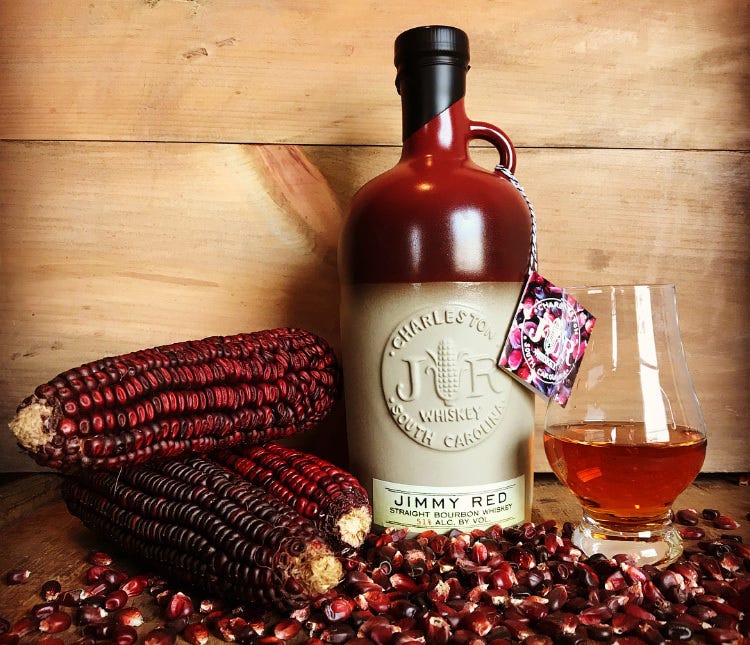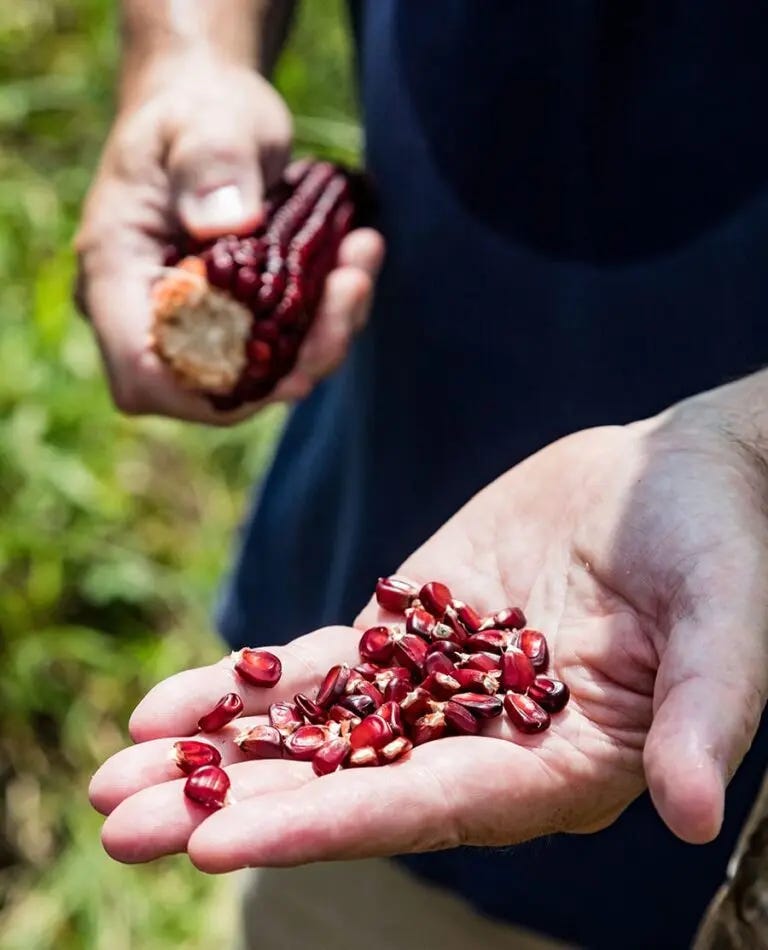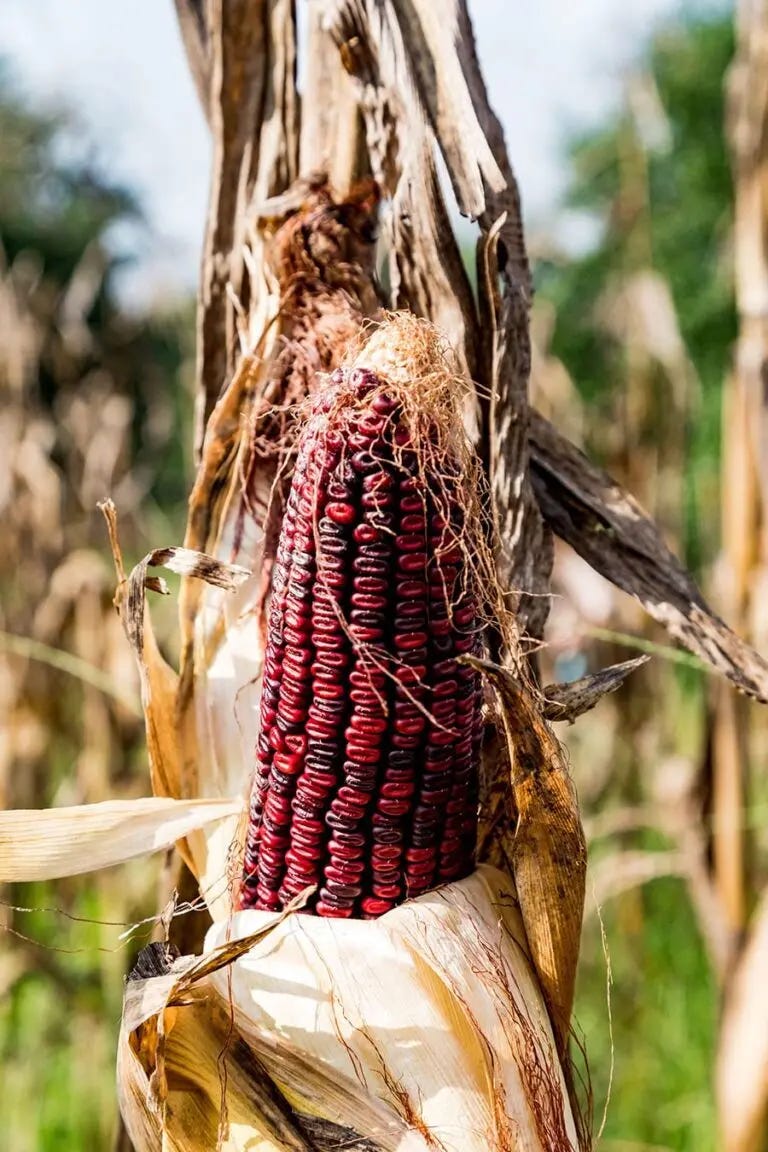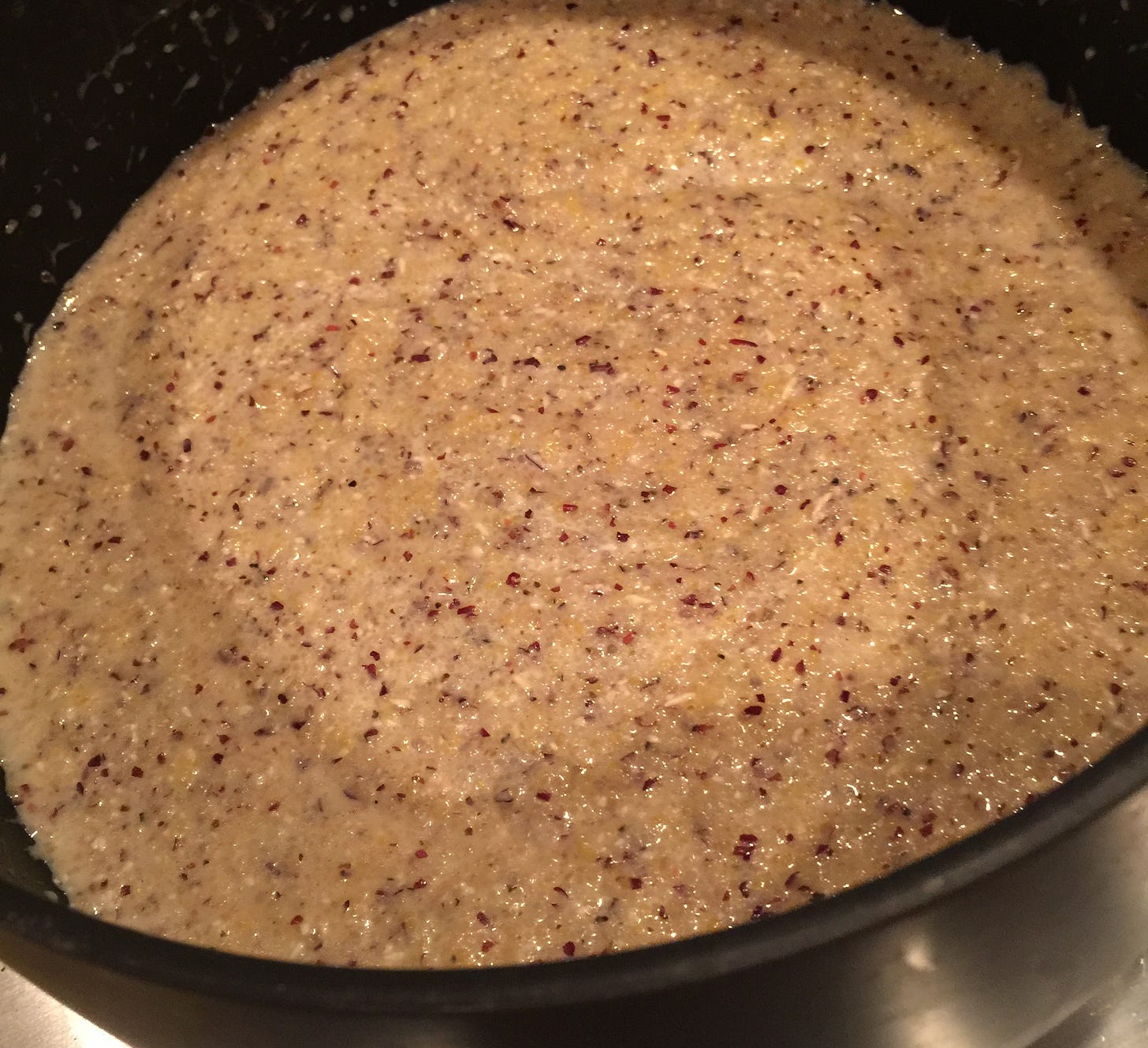From Moonshine Whiskey to Haute Cuisine
Grits are the unsung hero of the Southern table. Serve 'em with scratch-made buttermilk biscuits.
Best bowl of grits I ever ate was in Beaufort, South Carolina, when there was a small place on Bay Street that introduced me to red-eye gravy. I was amazed that someone actually thought it a good idea to pour strong hot black coffee into the drippings of pan-fried country ham and serve it on grits. Unforgettable. Delicious.
They sliced some country ham and sandwiched it between two flaky halves of a scratch-made buttermilk biscuit. Now that’s the cure for just about anything.
Grits are more than just a staple on Southern breakfast plates—they’re a record of Southern resilience, comfort, resourcefulness, and cultural blending. They reflect the contributions of Native Americans, African Americans, and European settlers, making them one of the most truly Southern dishes. Whether eaten humbly with butter and salt or served at a fine restaurant, grits tell a story of the South: rich, complex, and deeply rooted in tradition.
An Heirloom Corn’s Revival
Recently, I drove north out of Beaufort on Hwy 21 in the sweltering heat of a July afternoon. Nightly thunderstorms had left all of the Lowcountry feeling like one giant sauna. I believed I should stay in my air-conditioned office, but curiosity got the best of me, and I was on a search for the fields of Jimmy Red Corn. I drove past cinderblock fish markets, rural white clapboard churches, until the pine forest opened to a vast stretch of marsh and sky forming the ACE Basin, a federally protected watershed encompassing about 140,000 acres of coastal wilderness. My car barreled across the Ashepoo River, now in the heart of the ACE Basin.
Finally, I arrived at Lavington Plantation.
The fields of corn at Lavington Plantation are more than just farmland—they are a living testament to Southern heritage and a quiet revolution in conservation cuisine. Stretching out in golden, amber, and ruby hues, the Jimmy Red corn sways gently under the Lowcountry sun, rooted deep in rich, alluvial soil once flooded by the nearby Combahee River. This is where Jimmy Hagood, heir to a long Southern legacy, sows seeds not only for a harvest, but for memory and meaning.
Each stalk tells a story—of bootleggers who once used the corn’s sugar-rich kernels to distill whiskey in secret stills, of African and Gullah farmers who perfected the rhythms of heirloom agriculture, and of a new generation finding its way back to the land through food.
Jimmy walks these fields with reverence. He knows which rows are ripening first, which patches drink in more sunlight, and which ones hold the most history. For him, cultivating Jimmy Red corn isn’t just about yield—it’s about revival. He grinds the dried kernels into coarse, nutty grits, rich with flavor and tradition. Those grits, along with Carolina Gold rice and syrup from Lavington's sugarcane, become the soul of dishes that feed both body and memory—served in Charleston kitchens or by his hand at events hosted right here on the land.
At Lavington, food and farming are inseparable from stewardship. Conservation easements protect the marshes and hardwood groves beyond the fields. Egrets and herons drift through cypress shadows, while fields once abandoned are now vibrant with purpose again. This is farming with its soul intact—where sustainability isn’t just a buzzword, but a birthright.
Jimmy’s mission is simple and sacred: connect people to the land through the food that springs from it. Through his crops, his syrup kettles, and his smoky barbecue, he brings the flavors of the past into the present, reminding us all that the best recipes are rooted in place, and that the land, if honored, gives back generously.
Bootleggers used Jimmy Red corn, a resilient variety, for nearly a century to make moonshine. Despite its near extinction in the early 2000s, chefs and distillers are now giving this bootlegger’s heirloom corn a second chance, a testament to its enduring appeal and potential.
Good stone-milled grits are the unsung hero of Southern cooking.
Often, they are just a culinary side dish rather than the star of the show, but don’t be fooled. Grits are the canvas on which a good meal is painted. When cooked right, grits are full of flavor and soothe the soul.
To Southerners, grits aren’t just food—they’re a connection to home.
Today, grits still anchor the Southern identity. Whether on a dinner plate or dressed up in a fine dining restaurant, they’re a nod to tradition and a reminder that the South’s deepest values—hospitality, humility, and heritage—often come served in a simple bowl.
Recipes from the Tides of Traditions online cookbook.
Country ham is all about comfort, baptisms, weddings, funerals, and all the occasions in between.
Stone Ground Grits with Country Ham
Red-eyed gravy, optional
Yield: 6 servings.
4 cups water
1 cup whole milk
1 teaspoon kosher salt, plus more to taste
2 cups uncooked stone-ground grits
3 tablespoons unsalted butter
2 to 3 large slices country ham
1 cup hot water
For the grits: In a large stockpot, combine water, milk, and salt, and bring to a rolling boil on medium-high heat. Gradually whisk in grits; return to a boil. Continue stirring and reduce heat to medium-low. Simmer, stirring occasionally, until creamy and thickened, 25 to 30 minutes.
Remove pot from heat and stir in butter. Salt to taste. Cover and keep warm until ready to serve.
For the ham: Heat a cast-iron skillet on medium-high heat. Once skillet is hot, add ham and cook for 2 to 3 minutes per side. This may need to be done in batches. When ham is slightly browned on each side, remove from skillet and set aside.
Chop cooked ham into small pieces and mix into grits or add as a topping.
Using the same skillet, add 1 cup of hot water to skillet and stir up any ham bits from the pan. Spoon over grits when ready to serve.
Red Eye Gravy
My dad, up in North Carolina, used to make it this way nearly every Sunday for breakfast. He loved country ham and grits!
Ingredients:
4 large slices ( 8 ounces) country ham
3/4 cup strong black coffee
Trim most of the fat from the outer edges of the ham slices. Heat a large skillet over medium heat. Add the trimmings and cook 3 to 5 minutes, or until they render about 2 teaspoons of fat.
Add the ham slices to the skillet and cook about 10 minutes or until browned on both sides, flipping them several times. Remove the ham to a plate and cover to keep warm.
Add coffee to the skillet. Bring to a boil and scrape up the bits from the bottom of the skillet. Reduce the heat and simmer 5 to 10 minutes or until the liquid reduces to about 1/2 cup. Discard the rendered fat pieces. Serve gravy piping hot.






